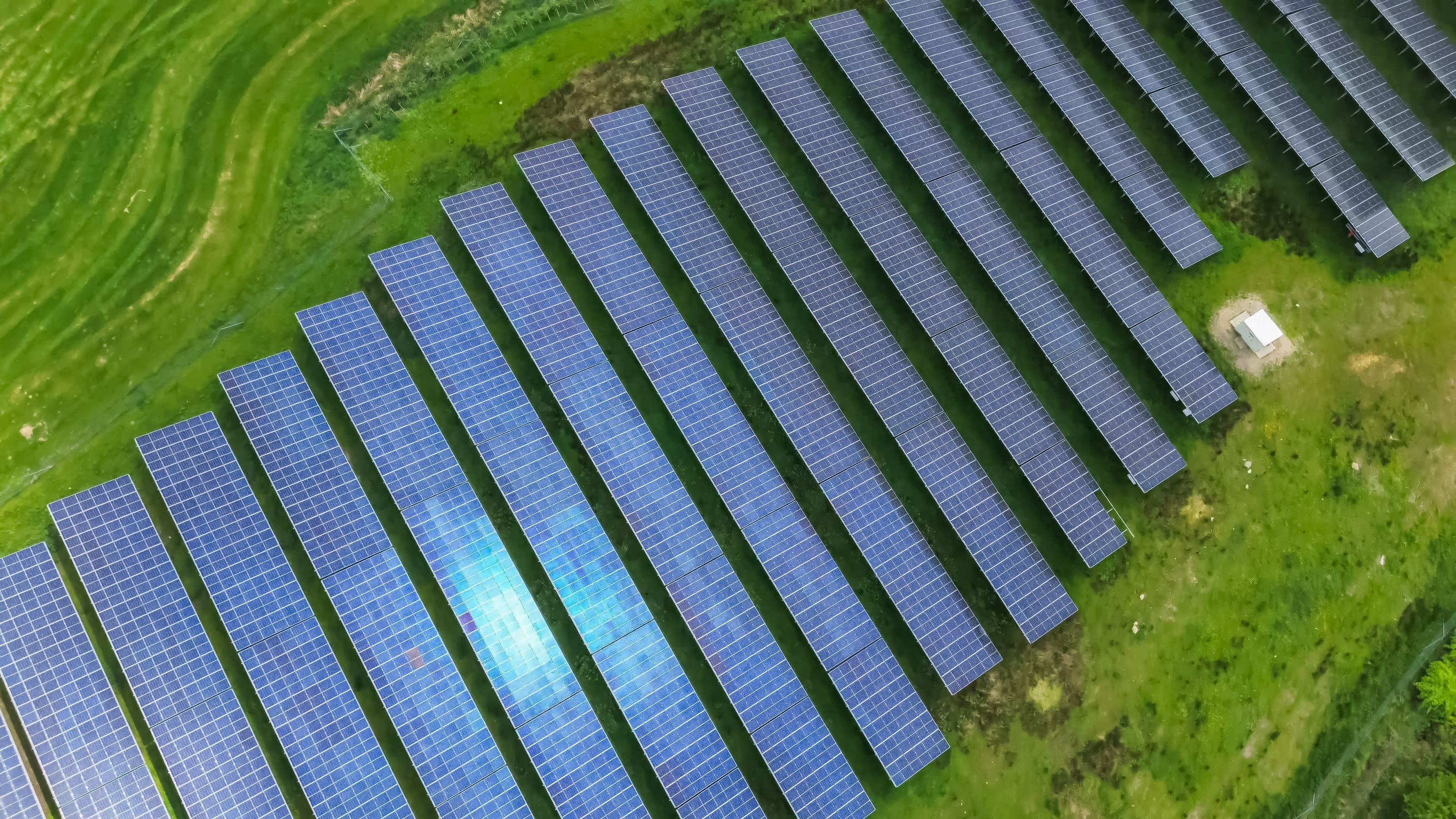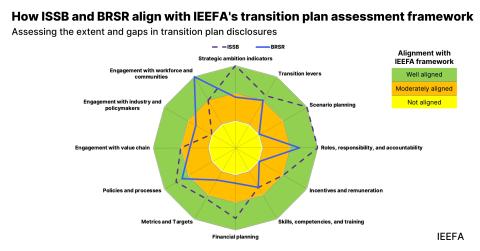Europe’s leading green electric utilities are well-positioned to issue debt with the European green bond label

Key Takeaways:
Several major European power utilities focused on driving the energy transition should easily be able to enhance their reporting capacities to meet European Green Bond Standard (EUGBS) rules.
Issuers must prepare additional information to obtain the European Green Bond label. The 12 utilities studied can feasibly do this without significantly increasing their costs.
IEEFA notes that Statkraft, Ørsted, Iberdrola and EDP already have a proven track record of green bond issuance; adopting the EUGBS could further showcase credibility and coherence with their renewable energy strategies.
More transparent green bond issuances will make it easier for investors to predict utilities’ decarbonisation progress and environmental impacts.
20 June 2024 (IEEFA) | Europe’s largest electric utilities should contemplate issuing green bonds in line with the upcoming European Green Bond Standard (EUGBS), thereby exhibiting lower transition risk and becoming more attractive to investors.
New research from the Institute for Energy Economics and Financial Analysis (IEEFA) finds that some of Europe’s greenest utilities should easily be able to enhance their bond reporting capacity to follow EUGBS rules.
Applying from December 2024, the voluntary EUGBS obliges issuers to demonstrate that green project funding is aligned with the European Union’s (EU) taxonomy. The standard can benefit both issuers and investors, in IEEFA’s view.
The report looks at 12 European power utilities that issued a combined US$21 billion of green bonds last year, with proceeds primarily used to develop renewables. Those with significant renewable energy fleets and ambitions—Statkraft, Ørsted, Iberdrola and EDP—show a proven track record of using green financing as a core debt funding channel.
The research commends the 12 utilities’ efforts in displaying the allocation and impact of their green bond proceeds. They tend to show disclosed allocated proceeds to a reasonable detail that would help them prepare for the EUGBS. For example, Spain’s Iberdrola reports all its allocated assets for each bond instrument, detailing the name, location, start-up year and installed capacity attributable to the bond. It also obtains an external review on the projects’ alignment with the EU taxonomy.
However, issuers must prepare additional information—such as the estimated and actual contributions of bond proceeds—to obtain the European Green Bond label. The utilities can feasibly do this without significantly increasing their costs while better showcasing coherence with their renewable energy strategies.
“More transparent green bond issuances will make it easier for investors to predict and measure utilities’ decarbonisation progress and environmental impacts. For issuers, they may be perceived to be better at transition planning by more comprehensively displaying their commitments, capex pipelines and project progress,” said Kevin Leung, co-author of the report and a sustainable finance analyst at IEEFA.
“One benefit of the EUGBS is that it provides clarity of use-of-proceeds criteria. Many utilities have expressed a strong intention to align their projects to the EU taxonomy technical screening criteria.”
Advanced power generators Ørsted and EDP only allocate their bond proceeds to wind and solar projects, thereby adhering to the taxonomy substantial contribution conditions by default.
"Some of the 12 utilities have set an example of how to switch from a conventional power generation framework to an almost entirely renewables mix, paving the way to reach net-zero emissions by 2050 or even earlier. This will ultimately increase energy security, sustainability and affordability,” said Jonathan Bruegel, the report’s co-author and an IEEFA power sector analyst.
As the companies continue to enhance transparency, they can increase the incentive of generating timely impacts from green bond proceeds by using a sustainability-linked structure when adopting the EUGBS. This can be achieved by combining taxonomy-aligned use-of-proceeds criteria with incentives linking to sustainability performance.
Read the report: Europe’s Clean Power Leaders: How Green Financing Is Enabling Renewable Growth
Press contact
Jules Scully | [email protected] | +447594 920255












